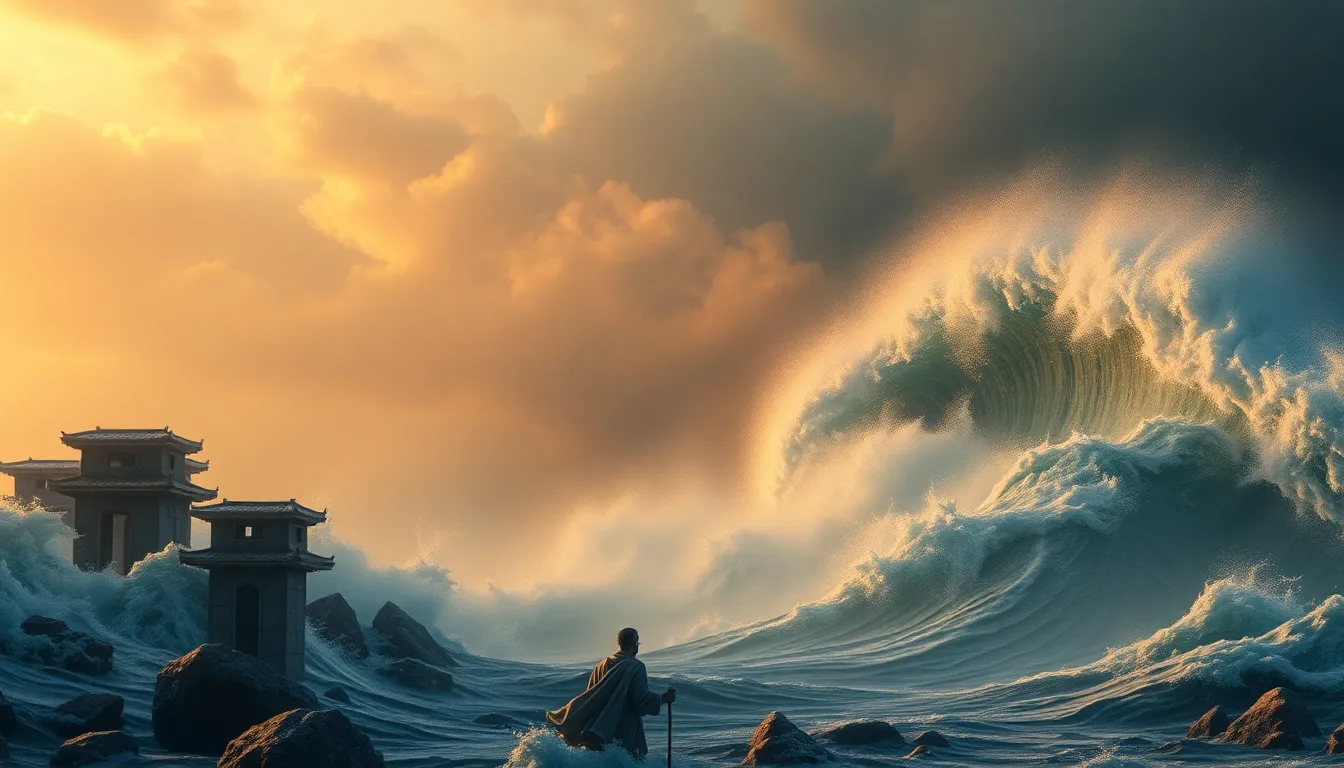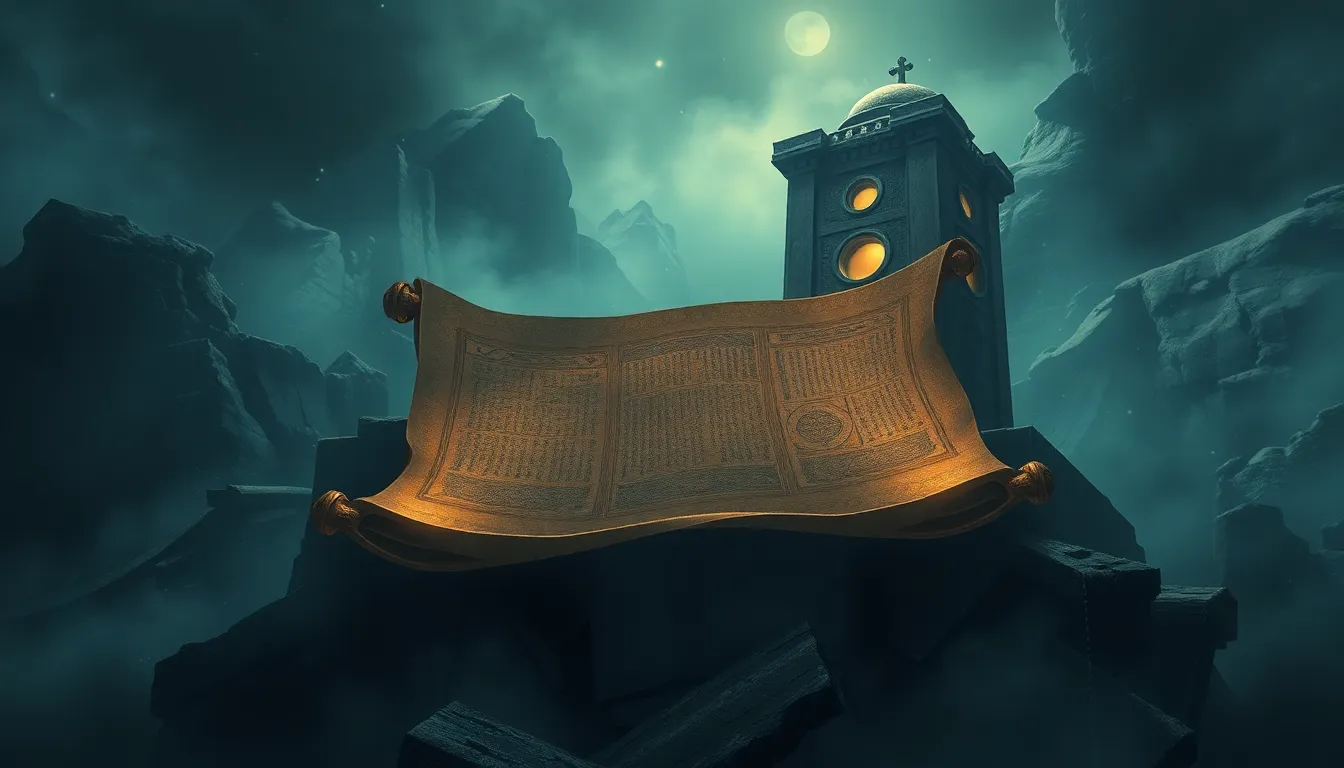Mythical Tsunamis: The Flood Stories That Shaped Cultures Around the Globe
Introduction: The Universality of Flood Myths
Throughout human history, flood myths have emerged in diverse cultures across the globe, serving as powerful narratives that explore themes of destruction, survival, and renewal. From ancient Mesopotamia to modern Native American tribes, these stories reflect humanity’s collective memory of natural disasters and their profound impacts on society. The pervasiveness of flood myths highlights a common thread in human experience: the struggle against nature’s forces and the search for meaning in the aftermath of chaos.
The Science Behind Tsunamis: Natural Phenomena and Their Impact
Tsunamis are large ocean waves typically caused by underwater earthquakes, volcanic eruptions, or landslides. When these seismic events occur, they displace massive amounts of water, generating waves that can travel across entire ocean basins at high speeds. Tsunami waves can be deceptively small in deep water but grow significantly in height as they approach shallow coastal areas, leading to devastating impacts on communities.
Throughout history, several tsunamis have left their mark on human civilization:
- The 2004 Indian Ocean Tsunami: Triggered by a massive earthquake, this tsunami claimed over 230,000 lives across multiple countries.
- The 2011 Tōhoku Tsunami: Following a powerful earthquake in Japan, this tsunami caused widespread destruction, leading to a nuclear disaster.
- The 1883 Krakatoa Tsunami: Resulting from the volcanic eruption of Krakatoa, this tsunami devastated coastal towns in Indonesia and beyond.
The Great Flood of Mesopotamia: The Epic of Gilgamesh
One of the earliest and most significant flood narratives comes from the Epic of Gilgamesh, an ancient Mesopotamian poem. In this story, Utnapishtim, a character akin to Noah, is warned by the god Ea about an impending flood that would wipe out humanity. Utnapishtim constructs a large boat, saving his family and various animal species.
The themes of survival and rebirth resonate throughout the narrative, emphasizing humanity’s relationship with the divine and the fragility of life. The epic reflects the Mesopotamian belief in the cyclical nature of existence and serves as a foundation for later flood stories.
Noah’s Ark: A Judeo-Christian Perspective
The biblical account of Noah’s Ark, found in the Book of Genesis, tells the story of Noah, who is chosen by God to save a remnant of humanity and animal life from a catastrophic flood. Noah builds an ark, gathering pairs of every animal, and survives the deluge that destroys the rest of humanity.
This story carries deep moral and theological implications, emphasizing themes of obedience, faith, and divine judgment. Noah’s Ark has become a symbol of hope and salvation, inspiring countless interpretations in art, literature, and popular culture.
The Indian Flood Myth: Manu and the Fish
In Hindu mythology, the story of Manu and the fish narrates how Manu, the progenitor of humanity, is guided by a fish—an incarnation of the god Vishnu—to build a boat to survive an impending flood. This narrative highlights the importance of environmental stewardship and the preservation of life.
As the floodwaters rise, Manu gathers seeds, animals, and sages to ensure the continuation of life post-catastrophe. This myth emphasizes the interconnectedness of all living beings and the need for harmony with nature.
The Indigenous Flood Narratives of North America
Many Indigenous tribes in North America have their own distinct flood stories, which often serve as allegories for cultural identity and environmental awareness. For example:
- The Ojibwe story speaks of a great flood that washed away the old world, prompting the survival and adaptation of the people.
- The Hopi believe in a great flood that was sent as a purification event, with the survivors emerging to repopulate the earth.
These narratives not only provide insight into the tribes’ beliefs but also emphasize the importance of living in harmony with nature and respecting the earth.
Asian Flood Myths: The Tale of Gun-Yu and the Great Flood
In Chinese mythology, the story of Gun-Yu details the struggle against a great flood that threatened to engulf the land. Gun, tasked with controlling the floodwaters, ultimately fails and is punished. His son, Yu, succeeds by dredging rivers and creating canals, embodying perseverance and resilience.
This myth reflects the human endeavor to conquer nature and the necessity of cooperation with it. Yu’s legacy of environmental management is celebrated as a foundational aspect of Chinese culture.
European Flood Legends: From Atlantis to the Nordic Myths
European cultures have produced numerous flood legends, such as the story of Atlantis, a civilization said to have been swallowed by the ocean due to its hubris. Similarly, Norse mythology speaks of a great flood that leads to the rebirth of the world.
These tales often mirror societal fears about moral decay and environmental destruction, serving as cautionary tales that reflect the aspirations and anxieties of their cultures.
The Psychological and Sociological Aspects of Flood Myths
Flood myths serve as a means of exploring collective memory and identity within cultures. They address existential questions about life, death, and rebirth, providing frameworks for understanding human experiences in the face of disaster.
As societies grapple with natural disasters, these stories provide comfort, offering narratives of survival and hope. They reflect societal values and the need for resilience in the face of overwhelming challenges.
Conclusion: The Enduring Legacy of Flood Myths in Modern Culture
The legacy of flood myths continues to resonate in contemporary culture, influencing literature, film, and art. These ancient stories remind us of our vulnerability to nature’s forces and the importance of environmental awareness, especially in the context of climate change.
Understanding these myths not only enriches our appreciation of cultural diversity but also emphasizes the need for collective action in preserving our planet for future generations. As we face the realities of a changing climate, the lessons embedded in these narratives become ever more relevant.


